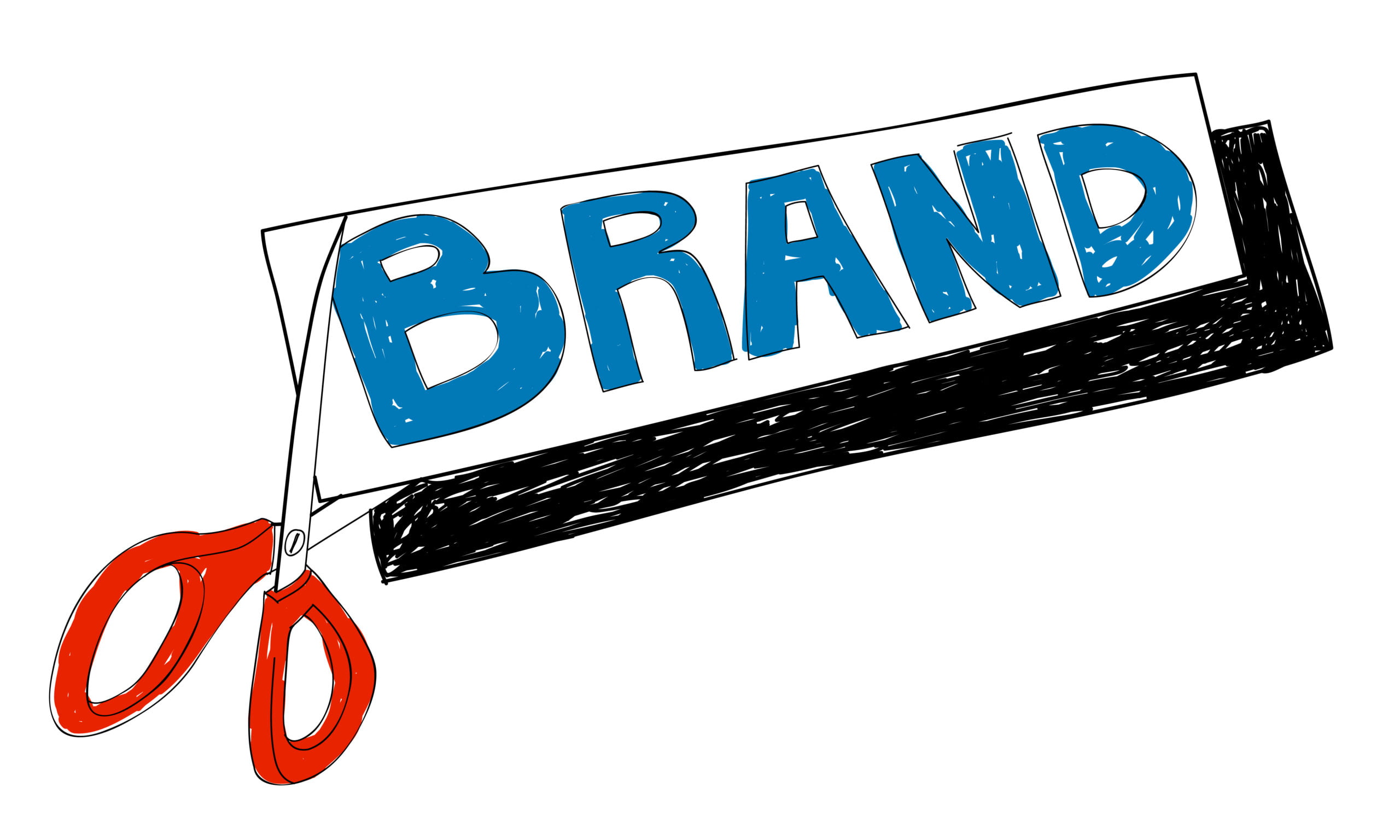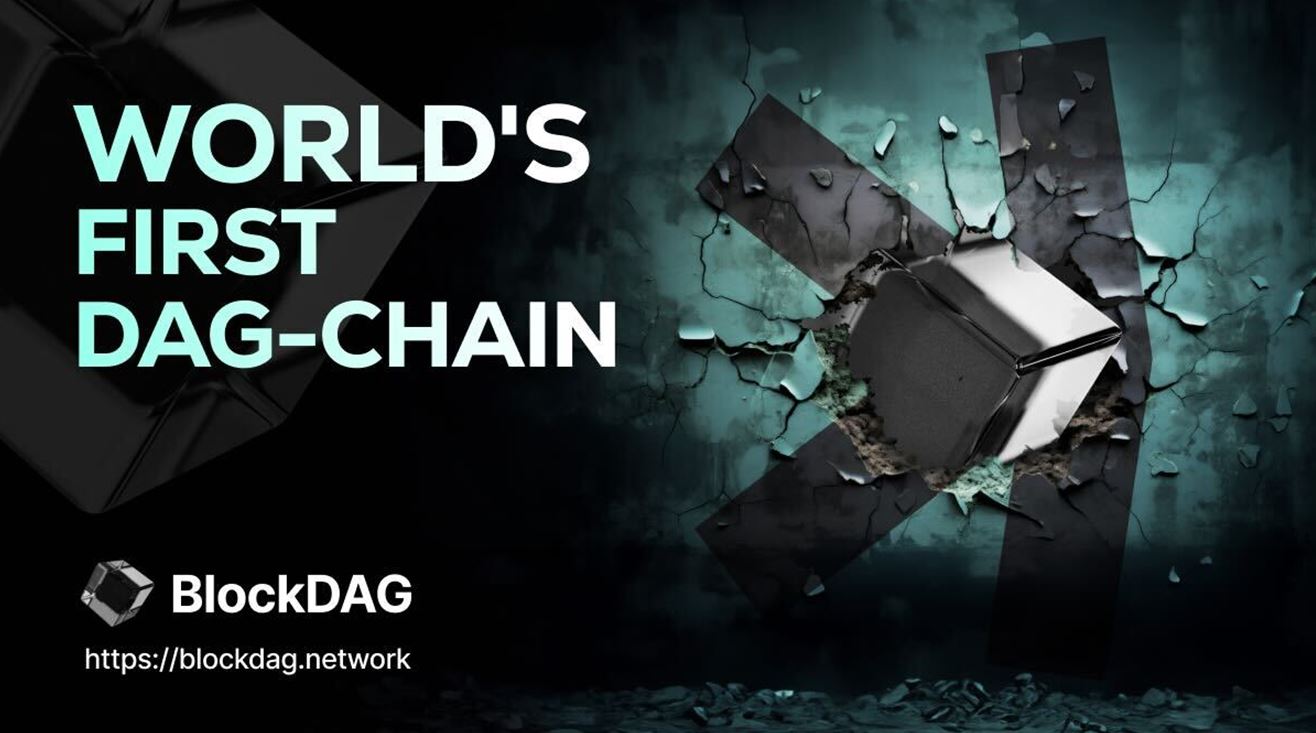
The What If Series: Redefining the Future of Branding
Picture a world where logos don’t exist. No golden arches, no iconic symbols, just brands trying to make their mark without their most recognizable visual cues. How would businesses stand out? How would consumers recognize and connect with their favorite brands? In this installment of our “What If Series,” we explore the possibility of a logo-free world and how brands could navigate this new landscape.
The Scenario: A World Without Logos
In this imagined world, logos have vanished—whether due to a cultural shift or a collective decision to focus on deeper brand elements. Brands no longer rely on visual symbols to represent themselves. Instead, they must convey their identity through other means.
Imagine browsing a store or scrolling through a website, where no logos catch your eye. Brands can no longer depend on a quick visual cue to grab attention. Instead, they must find new ways to communicate who they are and what they stand for, ensuring that they remain recognizable and memorable.
How Brands Would Adapt
Without logos, brands would need to think creatively about how they build recognition and loyalty. Here’s how they might adapt:
- Prioritizing Brand Names: Without logos, brand names would take center stage as the primary means of identification. Names would need to be unique, memorable, and reflective of the brand’s essence. The naming process would become more strategic, with a greater emphasis on conveying the brand’s values and mission.
- Emphasizing Consistent Communication: With no logo to rely on, consistency in communication becomes critical. Every touchpoint—from advertisements to customer interactions—would need to consistently reflect the brand’s personality, tone, and values to reinforce its identity.
- Focusing on Brand Values: In a logo-free world, brand values would become a key differentiator. Consumers would look for brands that align with their beliefs and demonstrate their principles in every action. Brands that communicate and live their values would build stronger, more loyal customer bases.
- Innovating in Product and Packaging Design: Packaging and product design would become essential tools for brand differentiation. Without a logo, brands would need to use design elements like color, shape, and material to create a distinctive identity. These designs would need to be instantly recognizable and resonate with the brand’s message.
- Creating Unique Customer Experiences: Brands would need to double down on creating memorable customer experiences. Whether it’s through exceptional service, unique store layouts, or personalized online interactions, the experience itself would become a key part of the brand’s identity.
- Leveraging Word of Mouth and Social Proof: In the absence of logos, customer reviews, word of mouth, and social proof would gain even more importance. Consumers rely heavily on the opinions of others to guide their choices, making it vital for brands to foster positive, authentic relationships with their audience.
The Future Outlook: Branding Beyond the Visual
The idea of a world without logos challenges us to think beyond the visual aspect of branding. It encourages brands to invest more in the elements that truly resonate with consumers—values, experiences, and authentic communication.
A logo-less world could lead to a more level playing field, where brands are distinguished by their actions and the quality of their offerings rather than by visual appeal alone. This shift could inspire brands to innovate in ways that create deeper connections with their audience, focusing on what matters to consumers.
What If Brands Had No Logos? Embracing the Possibility
The concept of brands without logos is more than a creative exercise—it’s an invitation to rethink the foundations of brand identity. It’s a reminder that a brand is more than just a symbol; it’s a combination of experiences, values, and the relationships it builds with its customers.
At JGH Marketing, we’re always exploring the “what ifs” that challenge traditional thinking and open up new possibilities for brands. Whether logos remain central to branding or not, we believe the future belongs to those who can adapt and innovate. ways to engage with customers, fostering deeper connections and greater brand loyalty. Brands that embrace this challenge could set themselves apart by focusing on what truly matters—the experiences, values, and relationships they build with their audience.
Previous Post
The What If Series: What If 2024 Was 3034?















